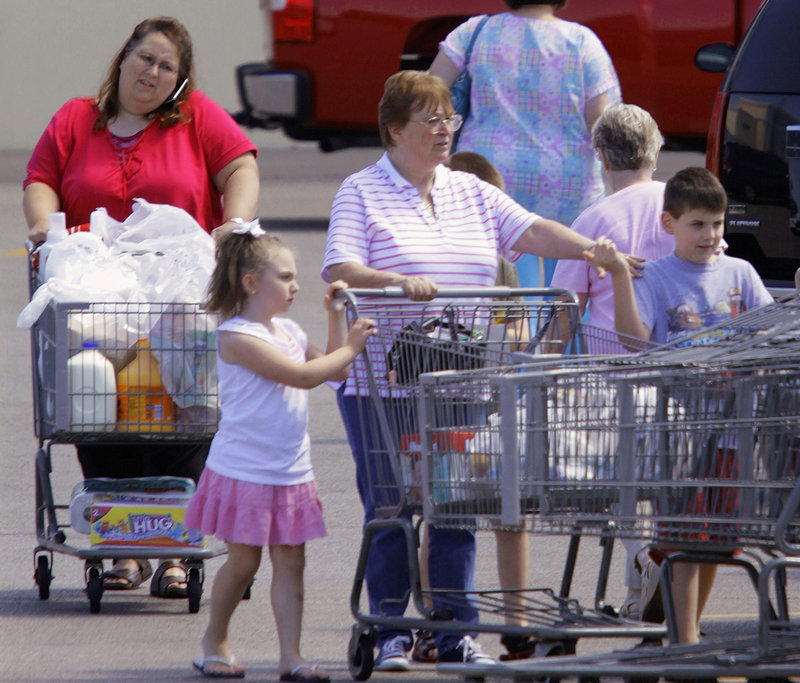WASHINGTON — Americans are spending a little more this summer, but hardly enough to rejuvenate the weakening economy.
What is needed is a bigger boost in salaries and more jobs. Economists don’t see either coming this year, which is why the economy is likely to limp along.
Still, modest spending gains were a welcome sign after a string of economic reports last week raised fears of the country slipping back into a recession.
“The consumer is still moving forward, but they are doing it at a very modest pace,” said Stuart Hoffman, chief economist at PNC Financial Services Group.
Consumer spending rose 0.4 percent in July, with much of the strength coming from increased demand for autos, the Commerce Department reported Monday. It was the best showing since March, but it followed three months when spending was essentially flat.
Americans did earn a little more in July after seeing their incomes unchanged in June. Still, the 0.2 percent increase was mostly the result of small wage and salary gains that fell far below increases seen in more robust economic recoveries, economists said. And some of the gains came from a jump in Social Security payments.
Without job growth, consumers are not expected to spend much more. But the economy is growing too slowly to support sustained hiring, and companies are waiting to see more consumer demand. That has left the economy stuck in limbo.
Last week, the government reported that the economy grew at an anemic 1.6 percent rate in the April-to-June quarter and sales of previously occupied homes fell last month to the lowest level in 15 years. A private-sector report also noted that Americans bought new homes at the weakest pace in nearly half a century.
On Monday, President Obama acknowledged the fragile economy while imploring Congress to pass a small business aid package when it returns from its summer break next month.
He mentioned extending Bush tax cuts due to expire this year for households making under $250,000 a year, upping the nation’s investment in clean energy, rebuilding more roads and highways and tax cuts designed to keep jobs in the United States.
“My economic team is hard at work identifying additional measures that could make a difference in both promoting growth and hiring in the short term and increasing our economy’s competitiveness in the long term,” he said.
Paul Dales at Capital Economics said the economy is likely to remain in a slow-growth rut for several years. He said economic growth is likely to average around 2 percent for the rest of this year and through all of 2011 and 2012 as well. That’s far below the rates needed to drive the 9.5 percent unemployment rate lower.
It takes stronger growth – around 5 percent for a full year – to drive down the jobless rate by 1 percentage point.
“This is a pretty weak recovery coming out of a recession that was deeper and more painful that most downturns,” Dales said. “That means the unemployment rate is likely to remain stuck around 9.5 percent this year and it won’t fall below 9 percent for a number of years.”
Send questions/comments to the editors.



Success. Please wait for the page to reload. If the page does not reload within 5 seconds, please refresh the page.
Enter your email and password to access comments.
Hi, to comment on stories you must . This profile is in addition to your subscription and website login.
Already have a commenting profile? .
Invalid username/password.
Please check your email to confirm and complete your registration.
Only subscribers are eligible to post comments. Please subscribe or login first for digital access. Here’s why.
Use the form below to reset your password. When you've submitted your account email, we will send an email with a reset code.